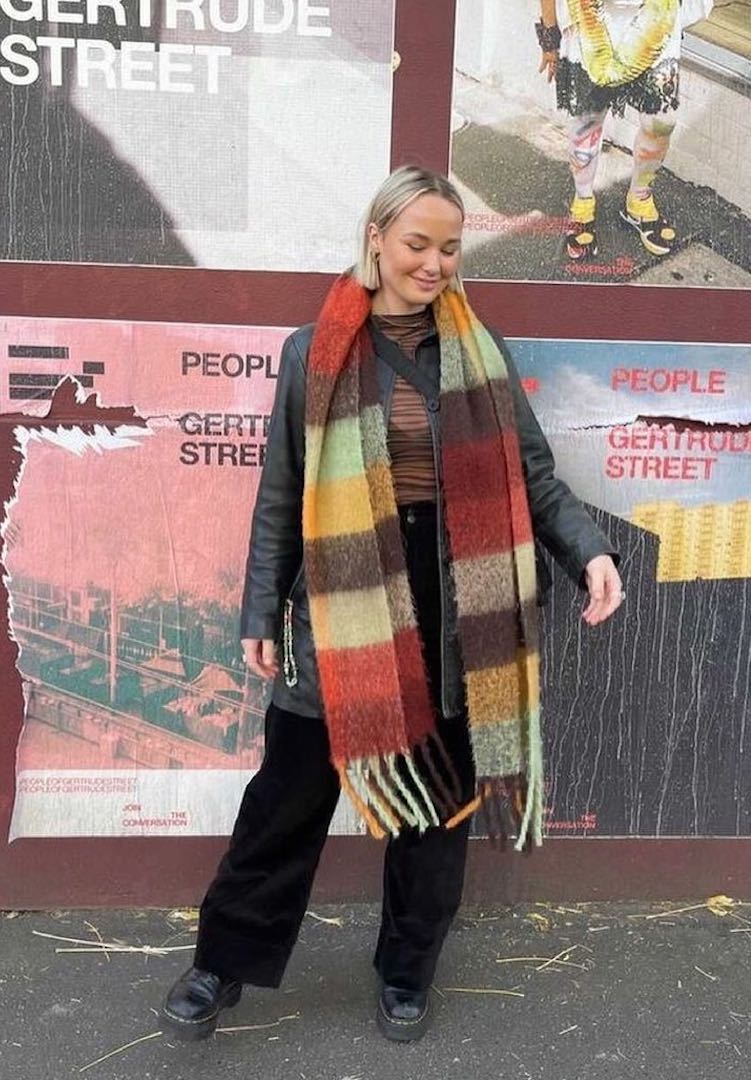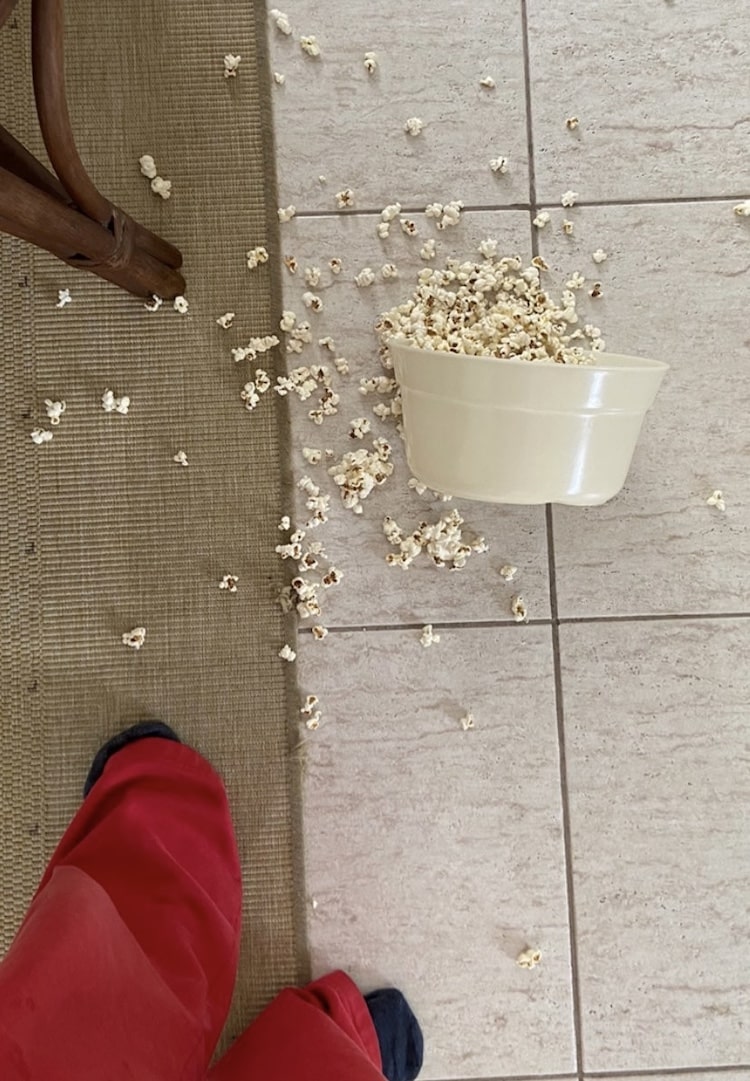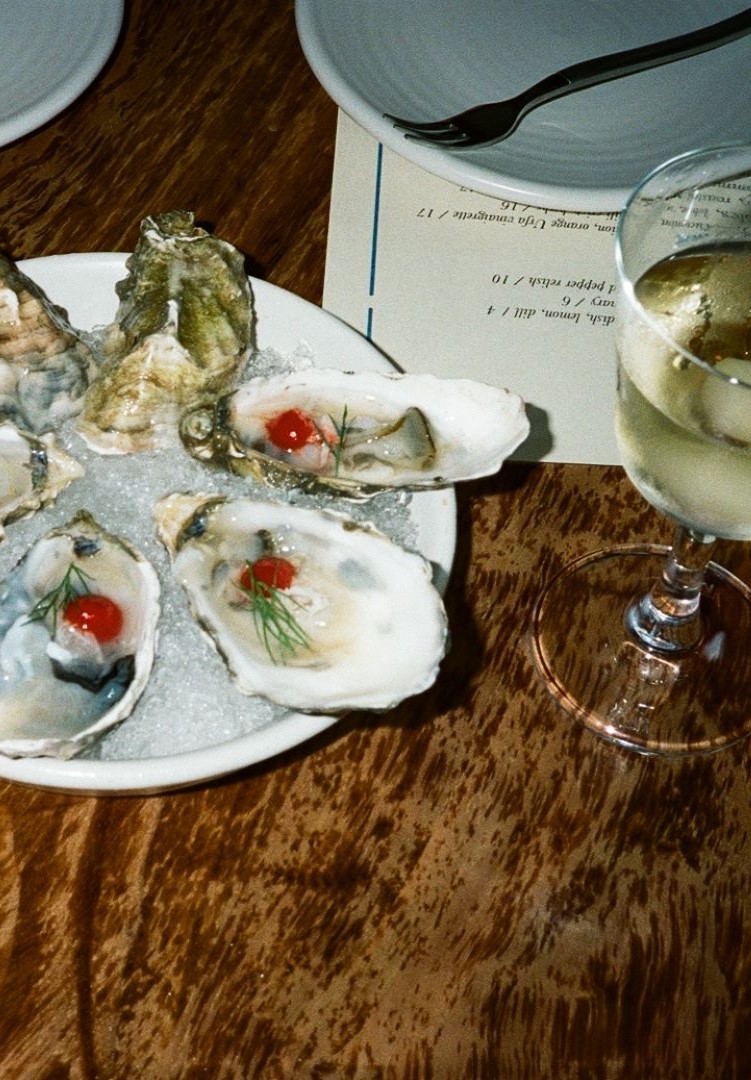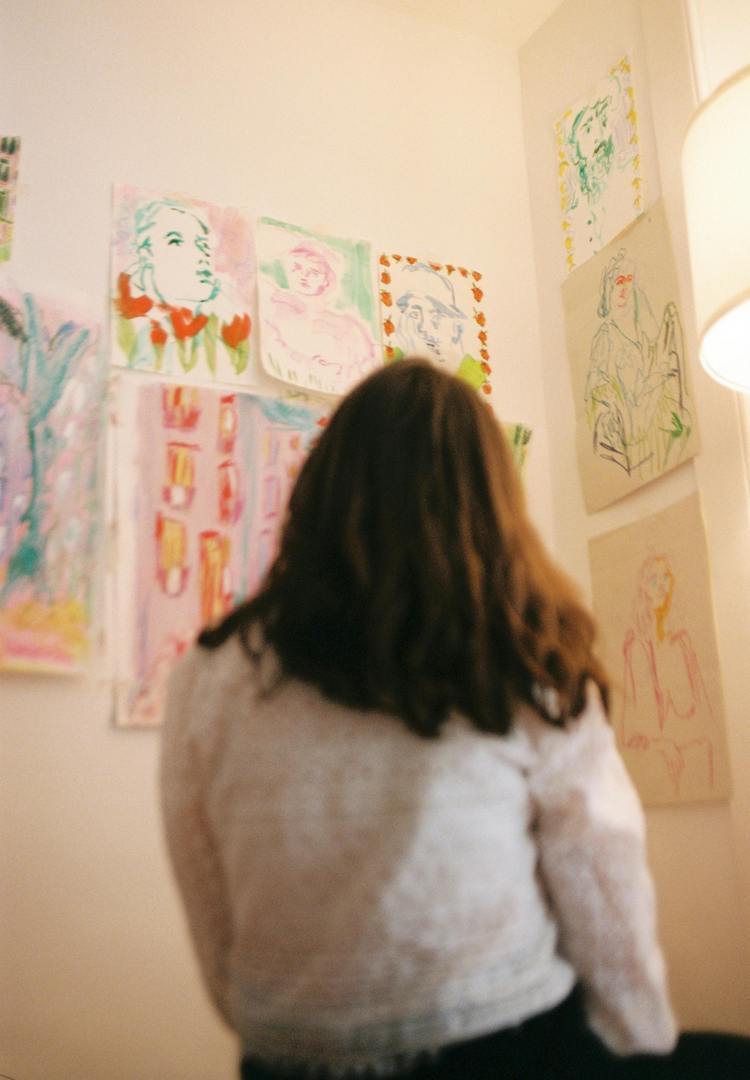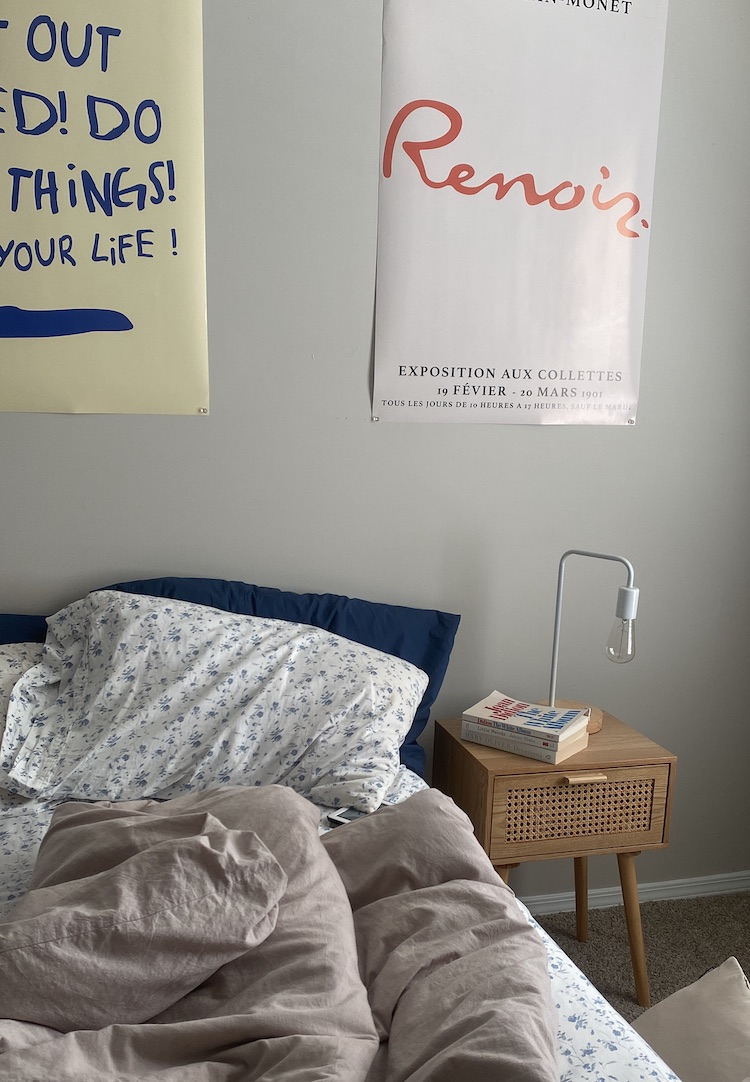What opening up about my sexuality taught me about homophobia
IMAGE VIA @RUBYSTALEY/INSTAGRAM
WORDS BY Ruby Staley
Yep, even queer folk experience internalised homophobia.
In recent times I’ve become increasingly candid about my fluid sexuality. And while I’m aware that I have a lot to learn, I’ve also realised I have a lot to unlearn. As a product of Gen Z, I’m incredibly grateful to have the freedom to experiment and explore my sexuality – a privilege many marginalised groups still to this day don’t have.
With my nearest and dearest totally accepting me for me (something that is also an immense privilege), I’ve realised I’m my harshest critic when it comes to my sexuality. Despite being accepted by friends and family, I’m still plagued with feelings of biphobia, and misconceptions regarding bisexuality and sexual fluidity.
Interested to hear how others navigate the world? Head to our Life section.
Because my experience isn’t often, if ever, reflected back to me in traditional media, I find myself regularly questioning the validity of my sexuality – as if for some strange reason I would lie to myself. Very quickly, my biphobia and other negative feelings towards my own sexuality took the form of internalised homophobia.
In a literal sense, my internalised homophobia sees me devaluing my sexual fluidity as temporary experimentation, feeling a need to categorise people into specific sexual binaries and degrading my experiences with women and non-binary folk because I don’t view them through an overtly sexual lens akin to the male gaze.
With hopes of dispelling some of the symptoms of my internalised homophobia, so I can begin to feel a little more comfortable in my queerness, I turned to performer and queer advocate Milo Hartill for some words of advice.
“Most people, queer or not queer, experience some form of internalised homophobia. It’s hard not to when homophobia is so intensely, divisively and effectively drilled into everyday life, media and daily jargon. It’s so venomous and slow-burning a lot of people don’t even notice it,” Milo tells me.
Considering that up until recently the term ‘gay’ was widely used as a derogatory term and that the media often portrays queerness as the punchline, the villain or the enemy, it’s no surprise internalised homophobia is so rife among new queers.
Similar to my coming out experience, Milo explains she has a relatively queer-accepting family and finding her queer identity “has always been such a gift” for her.
“I have not experienced a great amount of internalised homophobia myself, but there are moments where I question my identity and feel as though relationships I pursue with women will not be seen as valid. I’ve seen a lot of my friends go through internalised homophobia, being out and proud some moments, and then completely diminishing that side of themselves.”
Although homophobia largely operates to minimise the queer experience, it’s a mentality that still permeates queer spaces, tearing these communities down from within.
“This often looks like many queer spaces being dominated by masculine straight presenting muscly White gay men… [or] straight actors taking gay roles more than gay people, or straight people being praised for acting and presenting queer, and queer people dying for doing the same things,” Milo explains.
“This can look like people coming into queer spaces to explore their sexuality, but shaming people for being openly queer. This can look like people refusing to admit their queerness and refusing to acknowledge the struggles that come with this identity.”
With the potential to be just as dangerous as externalised queerphobia, internal homophobic thoughts need to be checked, recognised and dealt with before things become harmful.
“Internalised homophobia is like intrusive thoughts and you need to analyse where they are coming from and why you feel that way. Does it influence how you see yourself and other people? Is it helpful? Is it the voices of other homophobic people coming out in yourself?” Milo says.
Aside from analytical thinking, Milo suggests that another way of diminishing internalised homophobia is to read real, complex queer stories and view media that represents queer people positively.
“Reading what internalised homophobia is can help, going to therapy, and learning about LGBTQ rights and how fucking strong queer people are. Making sure to check other kinds of internalised negative thoughts as well and how they influence internalised and externalised queerphobia, such as internalised misogyny, racism, biphobia [and] fatphobia because they often breed alongside one another.”
For baby queers like myself who are just figuring out their sexuality, I asked Milo for her advice to better lean into exploration rather than worrying about possible judgement. She told me being kind to yourself throughout the process is a good first step.
“Do what feels comfortable to you. Making friends who are queer and getting out to safe queer spaces is a big help, and it is wonderful being able to talk to other people who are or have gone through the same thing. Shifting your perspective on what it means to be queer, and making it a positive, and not something to be feared helps [too]. Making sure to surround yourself with people who make you feel good about being queer.”
For people like me, simply recognising our internal queerphobic thought patterns isn’t enough to get rid of our internalised homophobia entirely, but respecting and trusting ourselves is a great first step.
If you’re struggling with internalised homophobia, try this advice.


